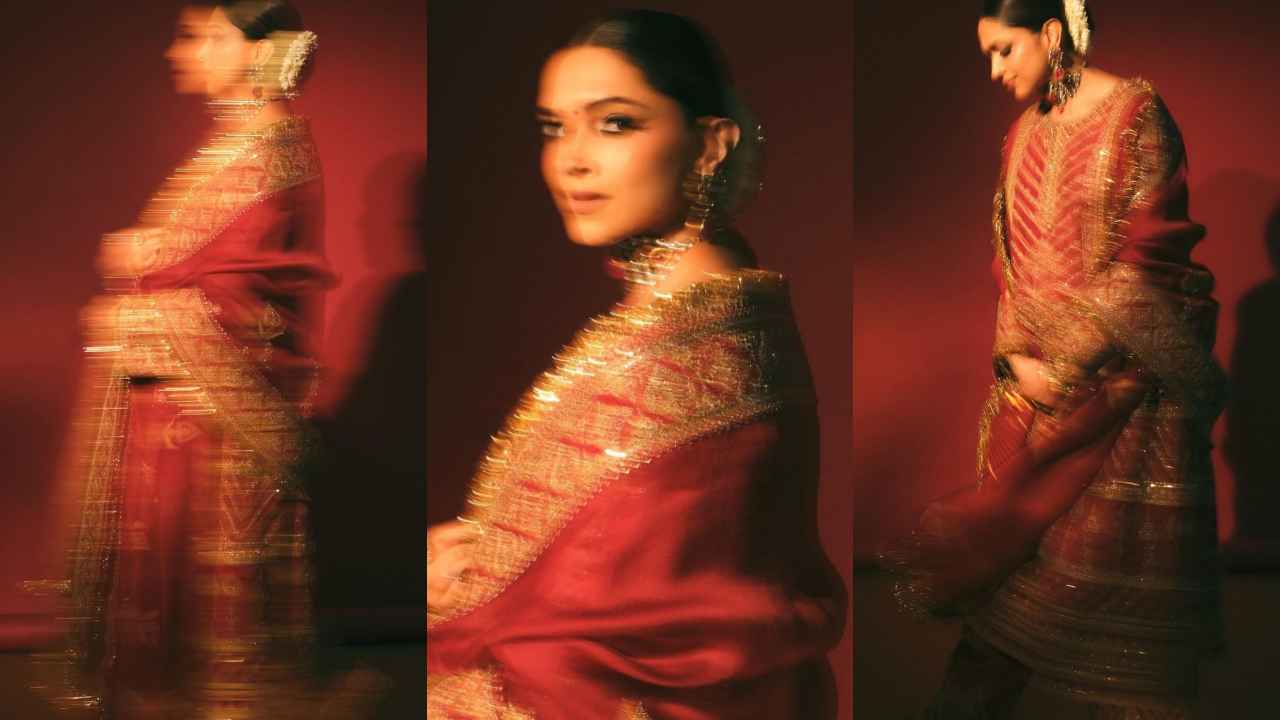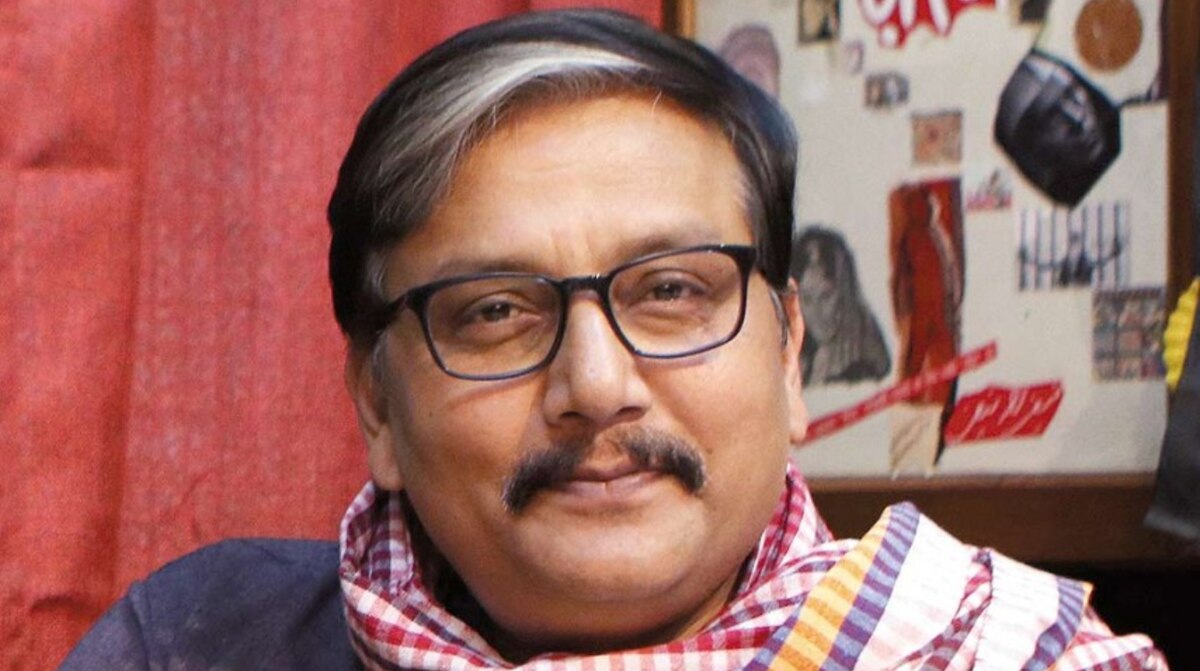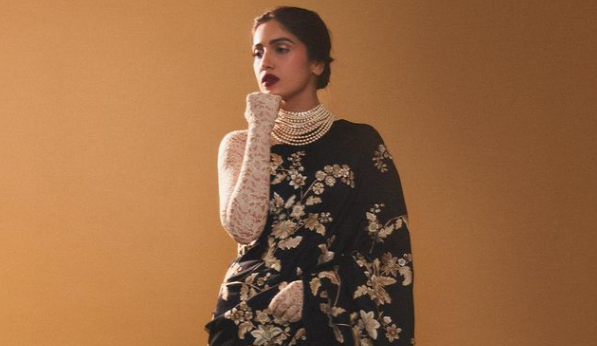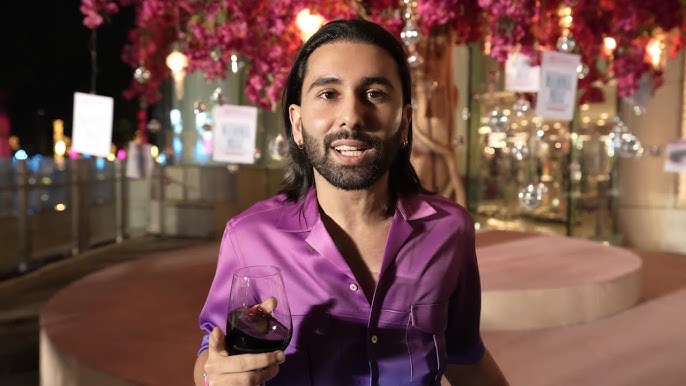Bhumi Pednekar, known for her versatile fashion sense, recently dazzled in a black sari featuring intricate Parsi Gara embroidery, from the label Ashdeen. She paired the sari with a sheer, full-sleeved white lace blouse and a layered pearl necklace, showcasing her love for elegant drapes.
However, fashion critic Diet Sabya was critical of the look, calling the blouse “tacky” and suggesting that a solid black full-sleeved blouse would have complemented the sari better. Sabya also questioned the need for constant innovation in fashion, encouraging stylists to focus on more traditional, thoughtful approaches.
For those unfamiliar, Parsi Gara embroidery is a traditional art form from the Parsi community in India. Characterized by intricate floral and geometric patterns, it often features motifs inspired by both Persian and Indian designs. The embroidery is typically done on silk or cotton using fine silk threads, zari (metallic thread), and beads, resulting in a luxurious and detailed texture. Vibrant colors and intricate stitching define this rich cultural heritage, passed down through generations.
Though urbanization and changing lifestyles have posed challenges to the craft, there are ongoing efforts to revive and preserve Parsi Gara embroidery. Organizations and individuals are promoting the art form through workshops, exhibitions, and fashion shows, ensuring it continues to thrive in contemporary fashion.






